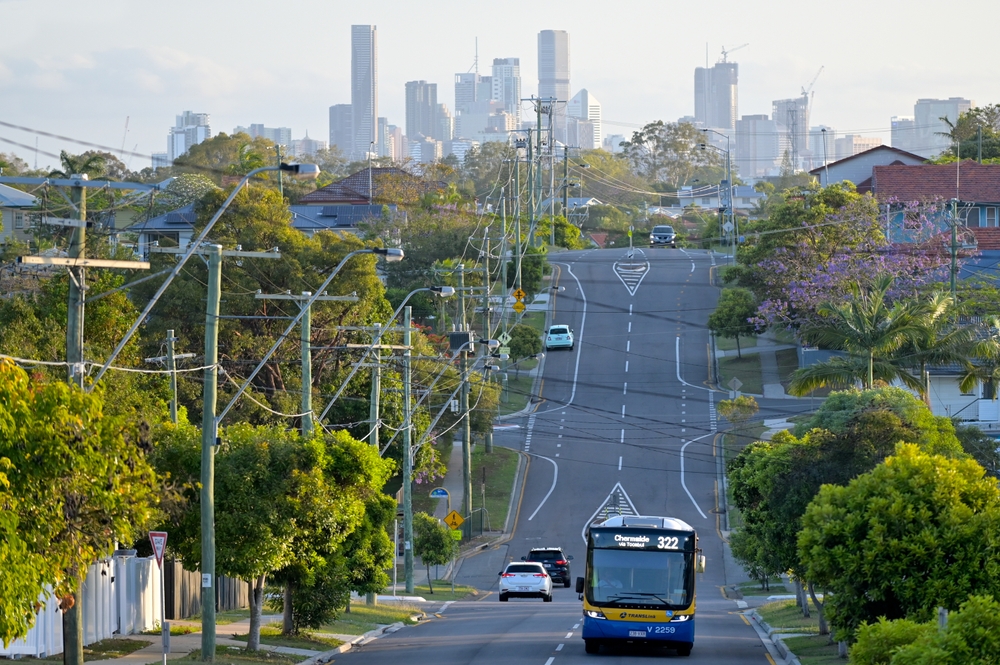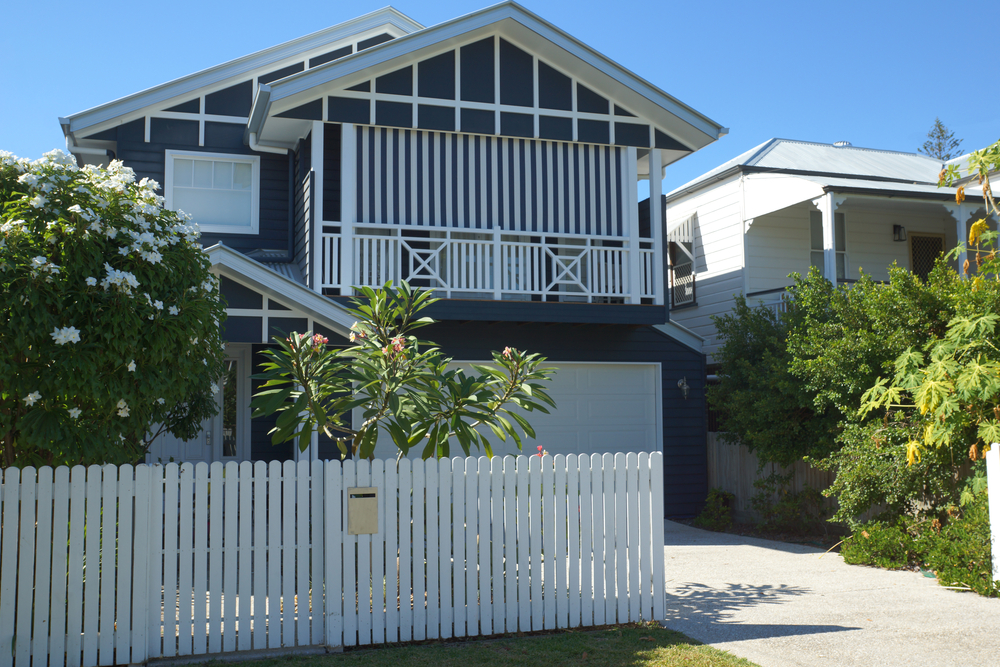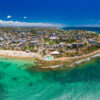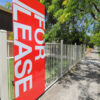Relatively stable yet dangerously low vacancy rates over the first quarter of 2024 are a cold comfort to renters desperately trying to find a place to call home in Queensland.

The Real Estate Institute of Queensland (REIQ) Residential Vacancy Report for the March 2024 Quarter shows rental availability remains at critical lows across the sunshine state.
Of the 50 local government areas and sub regions covered in the report, vacancy rates fell in 22, were stable in 10 and climbed in 18, compared to the previous quarter.
These movements, however disappointing or promising they may seem on face value, were confined to a modest 0.2 per cent up or down change in most cases, so did not represent any meaningful difference.
Only one area, Mount Isa (3.4 per cent), had a vacancy rate within the range that the REIQ classifies as “healthy” (2.6 to 3.5 per cent).
More than half of the areas reported on were in extremely tight territory, hovering at 1% or below, and the overall State vacancy rate sits at an astonishingly tight 0.9 per cent.
Rock bottom rates remained in Goondiwindi (0 per cent), Charters Towers (0.1 per cent), and Cook (0.1 per cent).
REIQ CEO Antonia Mercorella said while the data suggests that vacancy rates are relatively stable, our rental market is in no healthy state and it would be a long road to recovery.
“Another quarter and it’s sadly the same old story of seriously scant rental availability right across Queensland,” Ms Mercorella said.
“This is not a pattern that any of us want to be seeing, report after report, but it is the reality for so many renters looking for rental housing in our state.
“In this highly competitive market, most renters are aware that they will need to start looking promptly as possible to grant themselves enough time to secure their next rental.
“Property Managers are still overwhelmed by the volumes of applications and the inability to give every applicant a property, no matter how perfect a tenant they would make.
“For prospective tenants, completing applications and viewing rental properties can be very time consuming and a difficult juggle around work and other commitments, but are necessary steps for the best chance of success.
“However, when rental supply is at crisis levels, especially at the affordable end of the market, inevitably it means some rental applicants aren’t ever making it to the top of the pile, are left feeling exhausted, and could be running out of options.
“This is where we need to see Government support step up in the form of social housing and rental assistance to keep the most vulnerable people in our communities housed.
“At the same time, the longer-term solutions including a concerted effort towards improving productivity and affordability of the construction of new dwellings are essential to fixing this supply issue.
“While we agree that build-to-rent initiatives could also be an important piece of the puzzle to boosting supply, we don’t see it being the ‘silver bullet’, and the rental market will still heavily rely on everyday citizen investors choosing to rent out their properties.
“Our view is the incentives given to institutional investors should be extended to private investors, acknowledging the crucial role they play in housing Queenslanders and encouraging them to continue to do so.”
There were virtually no rentals to be found in Goondiwindi (0 per cent), while very few rental options lasted for long in Charters Towers (0.1 per cent), Cook (0.1 per cent), Banana (0.2 per cent), Tablelands (0.3 per cent), Maranoa (0.4 per cent), Southern Downs (0.4 per cent), Maryborough (0.5 per cent), Mareeba (0.6 per cent) and Central Highlands (0.7 per cent). These regional markets represent the state’s tightest vacancy rates and sadly none are new to the list as incredibly tough conditions persist.
In the regional centres: Mackay (0.6 per cent) remained one of the tightest rental markets to break into, followed closely by Rockhampton (0.7 per cent), Toowoomba (0.8 per cent) and Bundaberg (0.9 per cent). Gladstone (1.2 per cent) and Townsville (1.0 per cent) offered renters ever-so-slightly more options.
The greatest choice in regional rental listings was seen in Mount Isa (3.4 per cent), Isaac (1.7 per cent), Lockyer Valley (1.4 per cent), Cassowary Coast and Whitsundays (both 1.3 per cent), and Burdekin and Gympie (both 1.1 per cent). Not far behind was Scenic Rim (0.9 per cent) and South Burnett (which relaxed to 0.9 per cent).
Greater Brisbane was consistent with the state vacancy rate at 0.9 per cent. Brisbane LGA (1.1 per cent), inner city (1.3 per cent), and middle-ring (1.0 per cent) remained steady, while the outer-ring tightened slightly to 0.8 per cent.
Logan (1.0 per cent), Caboolture (0.9 per cent), Pine Rivers (0.9 per cent), Redland (0.9 per cent), Ipswich (0.8 per cent), Moreton Bay (0.7 per cent), and Redland’s Mainland (0.6 per cent) all experienced slight dips over the quarter, while Redcliffe saw a tiny uplift to 0.6 percent.
Redland’s Bay Islands took a dive down to 5.1 per cent, but this market has remained well within the “weak” category for some time now, which is typical of a remote community.
Noosa rose by 0.5 to 1.9 per cent this quarter – a market which remains turbulent rather than trending up or down. Queensland’s other tourism markets remained virtually unchanged this quarter, including Gold Coast (1.0 per cent), Sunshine Coast (0.7 per cent), Maroochy Coast (0.8 per cent), Fraser Coast (0.8 per cent), Hervey Bay (0.8 per cent), Cairns (0.7 per cent), and Caloundra Coast (0.6 per cent).
Fast facts: March Quarter 2024
- Queensland Vacancy Rate: 0.9 per cent
- Tightest Vacancy Rates: 0 per cent in Goondiwindi
- Highest Vacancy Rates: 5.1 per cent in Redland’s Bay Islands, followed by 3.4 per cent in Mount Isa
- Biggest falls: -0.6 per cent in Bay Islands, followed by -0.3 per cent on Cassowary Coast.
- Biggest rises: +0.7 per cent in Mount Isa, followed by +0.5 per cent in Noosa, and +0.4 per cent in South Burnett.
The REIQ classes rental markets into three categories, tight, healthy, or weak. These markets are classified according to vacancy rates:
- 0 – 2.5 per cent = tight
- 2.6 – 3.5 per cent = healthy
- 3.6 per cent – plus = weak









